Archives
- 2025-10
- 2025-09
- 2025-04
- 2025-03
- 2025-02
- 2025-01
- 2024-12
- 2024-11
- 2024-10
- 2024-09
- 2024-08
- 2024-07
- 2024-06
- 2024-05
- 2024-04
- 2024-03
- 2024-02
- 2024-01
- 2023-12
- 2023-11
- 2023-10
- 2023-09
- 2023-08
- 2023-06
- 2023-05
- 2023-04
- 2023-03
- 2023-02
- 2023-01
- 2022-12
- 2022-11
- 2022-10
- 2022-09
- 2022-08
- 2022-07
- 2022-06
- 2022-05
- 2022-04
- 2022-03
- 2022-02
- 2022-01
- 2021-12
- 2021-11
- 2021-10
- 2021-09
- 2021-08
- 2021-07
- 2021-06
- 2021-05
- 2021-04
- 2021-03
- 2021-02
- 2021-01
- 2020-12
- 2020-11
- 2020-10
- 2020-09
- 2020-08
- 2020-07
- 2020-06
- 2020-05
- 2020-04
- 2020-03
- 2020-02
- 2020-01
- 2019-12
- 2019-11
- 2019-10
- 2019-09
- 2019-08
- 2019-07
- 2019-06
- 2019-05
- 2019-04
- 2018-11
- 2018-10
- 2018-07
-
Histamine which was used as
2021-11-02

Histamine, which was used as the agonist, had low potencies in our functional experiments when compared to its affinity from binding studies (e.g. Lim et al., 2005). This phenomenon is related to the fact that the coupling of the presynaptic receptor to the transduction machinery and the final funct
-
The H autoreceptors distributed mainly in the CNS act as
2021-11-02
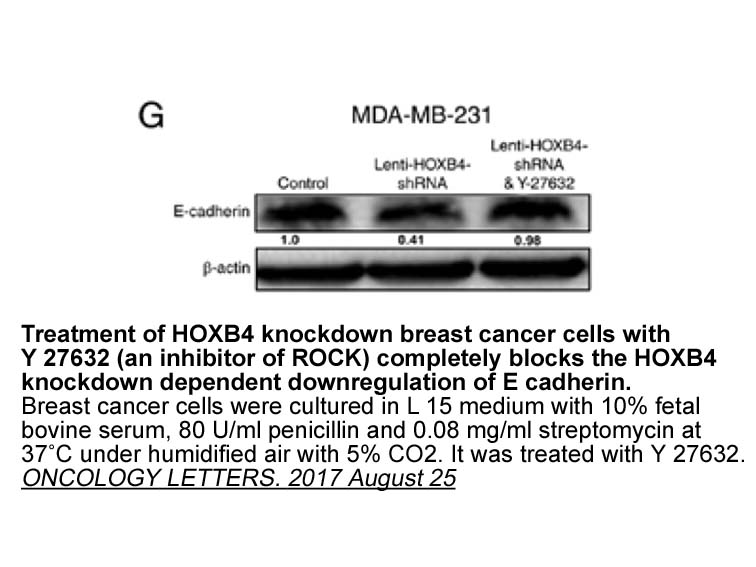
The H3 autoreceptors distributed mainly in the CNS act as a negative feedback on histamine synthesis and release from histaminergic neurons. Histamine is involved in many physiological functions such as sleep-wake regulation, circadian and feeding rhythm, thermal regulation, locomotion, learning, co
-
br Authors contribution br Funding
2021-11-02
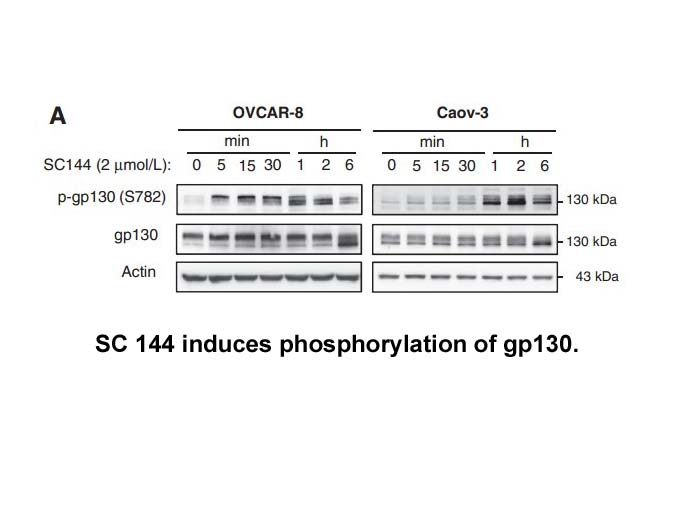
Authors' contribution Funding sources This study was supported by CDC intramural funding. Publication costs are funded by an internal program of CDC. MAT was supported by funds from the Association of Public Health Laboratories and CDC (APHL–CDC) Bioinformatics Fellowship Program. Competing
-
br Acknowledgments This review is based in part
2021-11-02
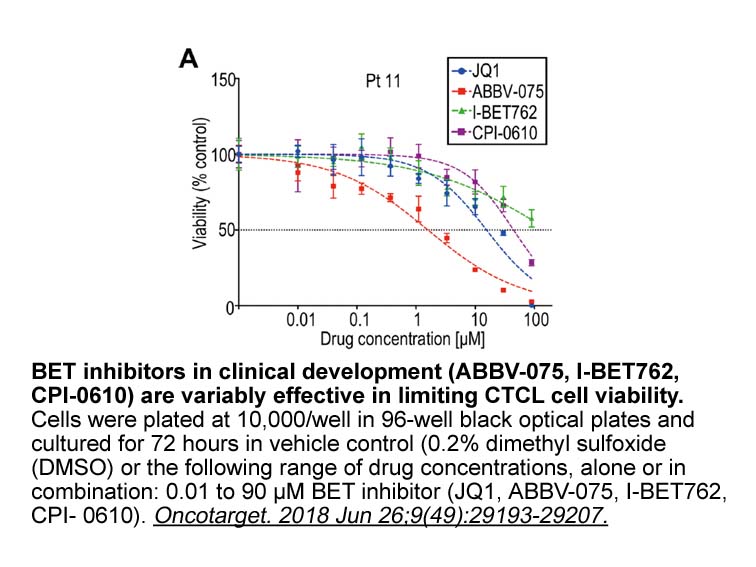
Acknowledgments This review is based in part on research conducted with financial support from the General Research Fund (17112914) of the Hong Kong Research Grant Council and from the Seed Funding Programme for Basic Research by University Research Committee of the University of Hong Kong (20151
-
CPI-169 receptor G protein coupled receptors GPCRs constitut
2021-11-02
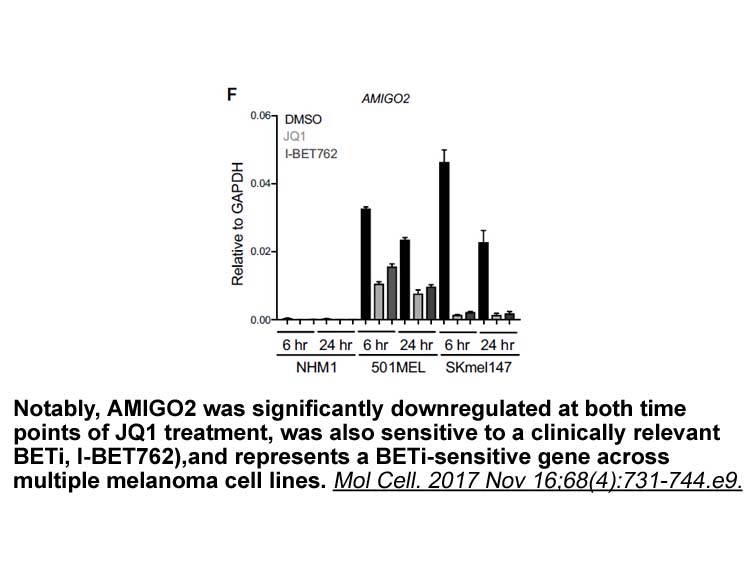
G-protein coupled receptors (GPCRs) constitute a large family of 7 trans-membrane-spanning proteins that activate internal signal transduction cascades through binding to different ligands including neurotransmitters, peptides, and lipids [7]. This family of receptors has therapeutic potentials in t
-
To apply the recently developed GPR ligands to
2021-11-02
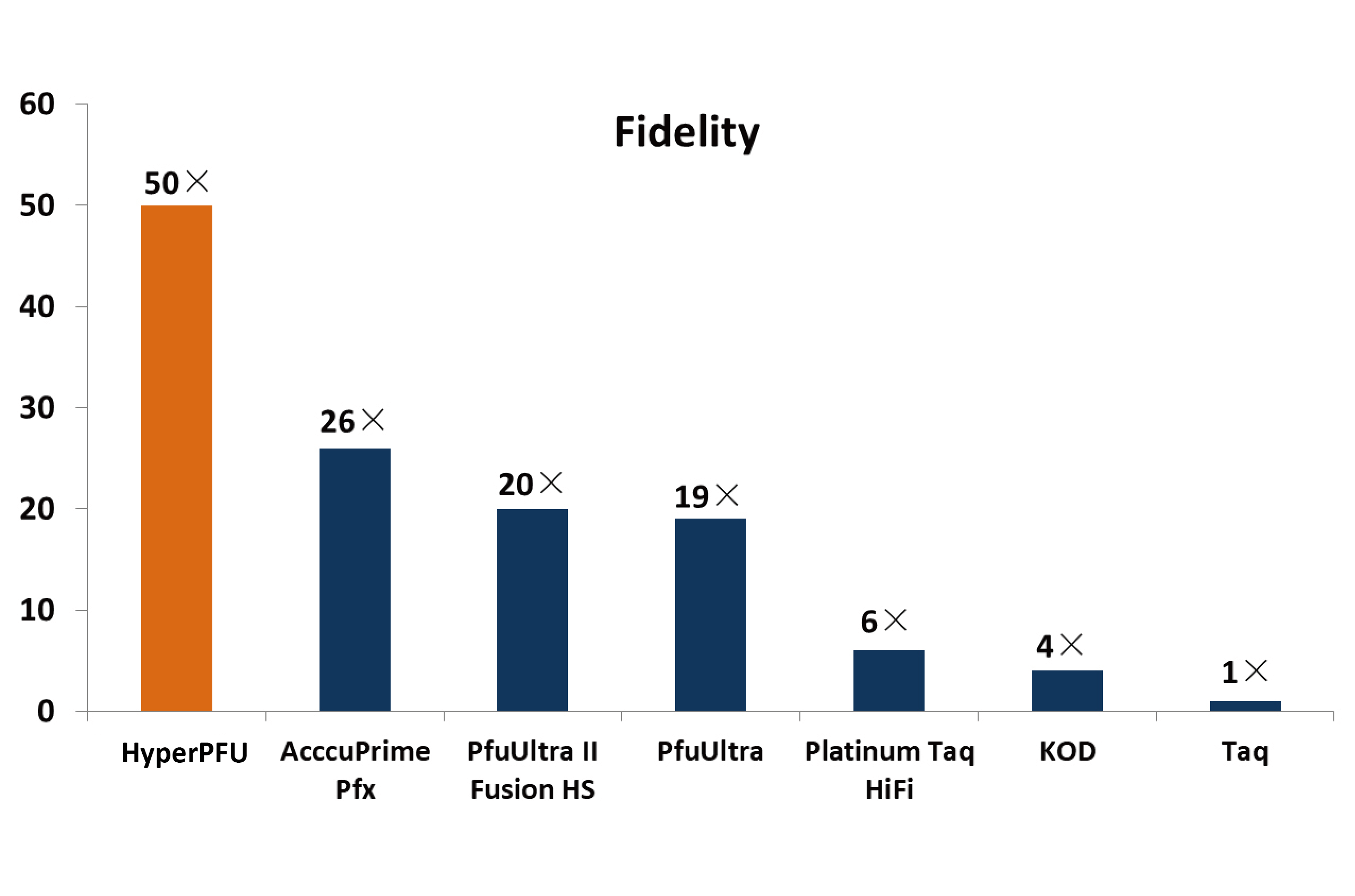
To apply the recently developed GPR35 ligands to CNS disorders, it is necessary to understand whether GPR35 is expressed by any identified cell types in the 7α,25-dihydroxy Cholesterol and whether activation or blockade of this receptor has any consequence on the activity of the neuronal circuitry.
-
In addition to the role
2021-11-02
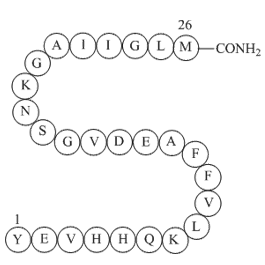
In addition to the role of TGR5, the FXR-FGF15/19 axis has been implicated in other aspects of glucose metabolism and metabolic disorders. In humans, both obesity and type 2 diabetes mellitus (T2DM) are associated with lower plasma FGF19 levels [67,68]. A derivative of the naturally occurring FXR ag
-
In summary we discovered azaindole substituted hydroxypyrido
2021-11-02
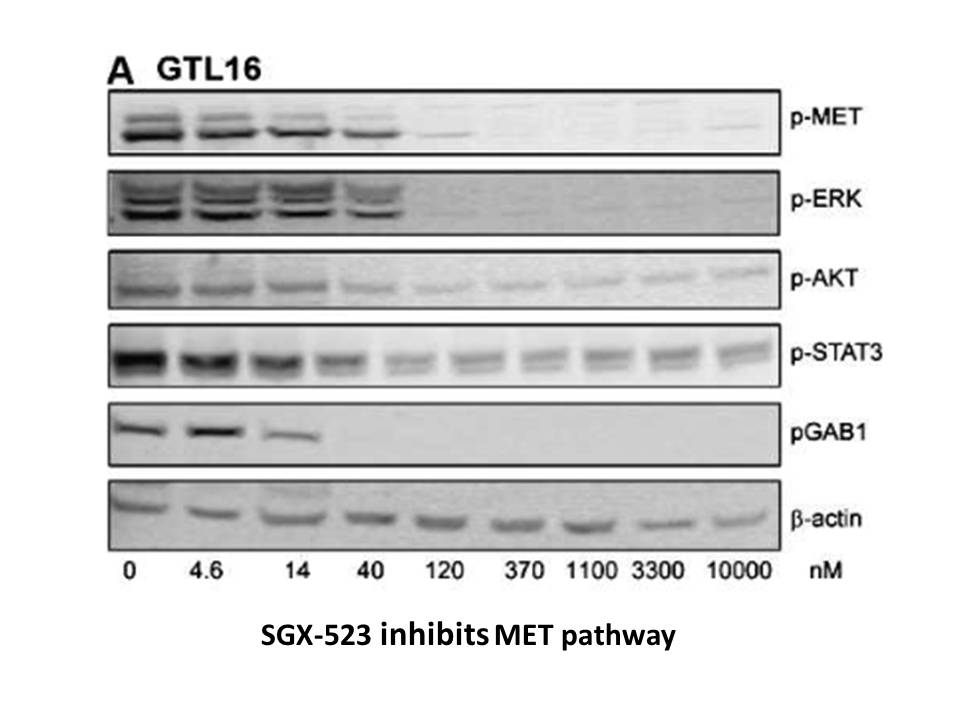
In summary, we discovered 7-azaindole substituted -hydroxypyridone as a potent zinc-binding GLO1 inhibitor (IC=11nM) through lead generation from HTS and structure-based inhibitor design. The X-ray cocrystal structure and the comparison of binding energies with the indole counterpart revealed that
-
Moreover we revealed that alanine and taurine a structural
2021-11-02

Moreover, we revealed that β-alanine and taurine, a structural analog of β-alanine, have different receptor affinity in the SG neurons of the spinal dorsal horn. Additionally, previous studies indicate that taurine regulates nociceptive information at the spinal cord level, and we have previously de
-
For many plasma membrane receptors including GPCRs
2021-11-02
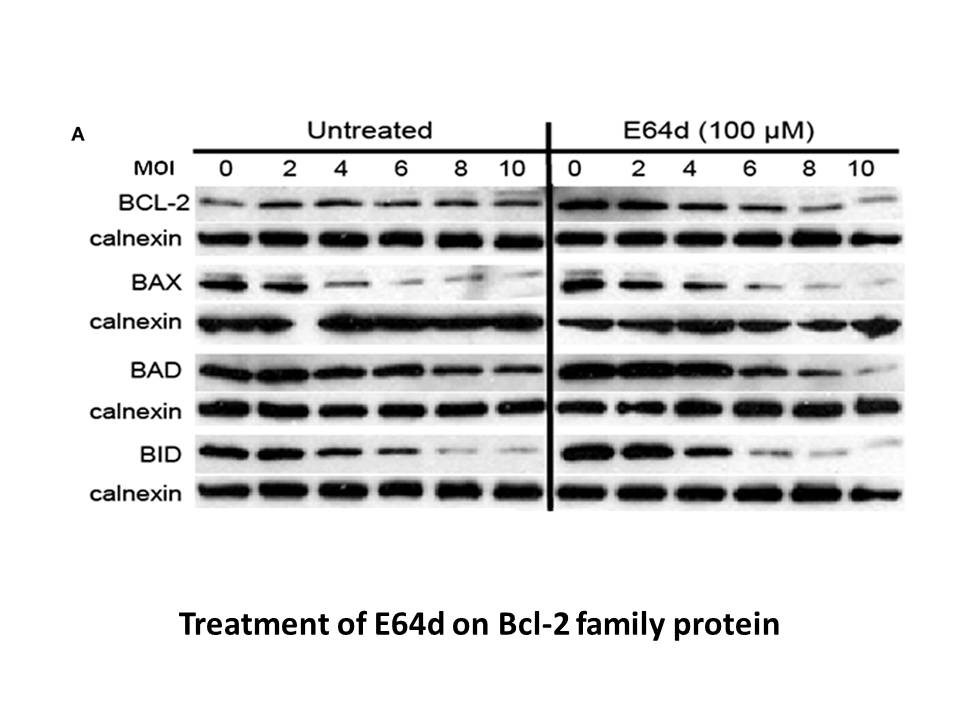
For many plasma membrane receptors including GPCRs, their density on the cell-surface is finely controlled by various transcriptional, post-transcriptional and post-translational mechanisms, and is often a determinant of overall receptor function in a cell. To date, the transcriptional regulation an
-
FFA expression was also noted to be
2021-11-02
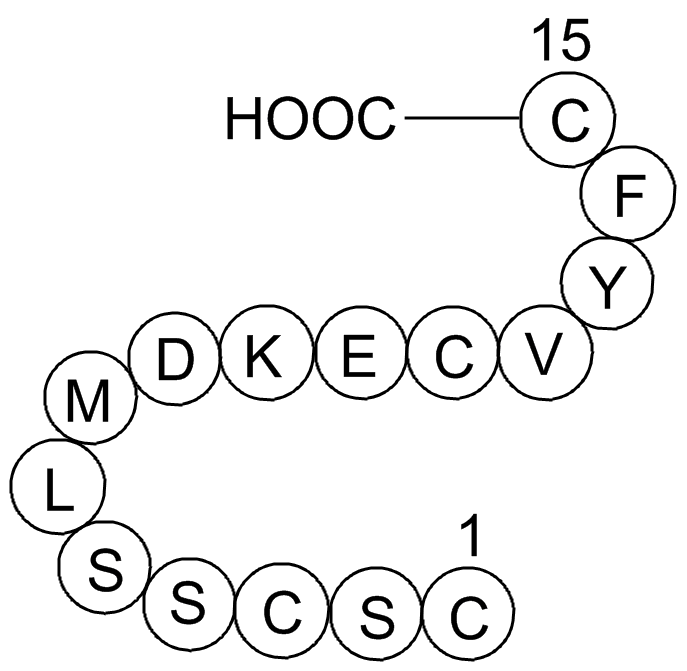
FFA4 expression was also noted to be upregulated in eight human CRC cell lines. Compared to two normal colon cell lines with relative one-fold expression of FFA4, CRC cell lines HCT116 (3.5-fold higher), Colo205 (3-fold), Caco-2 (2.2-fold), HT-29 (2.3-fold), RKO (2.8-fold), DLD-1 (2.9-fold), SW480 (
-
In Apicomplexan parasites such as
2021-11-02
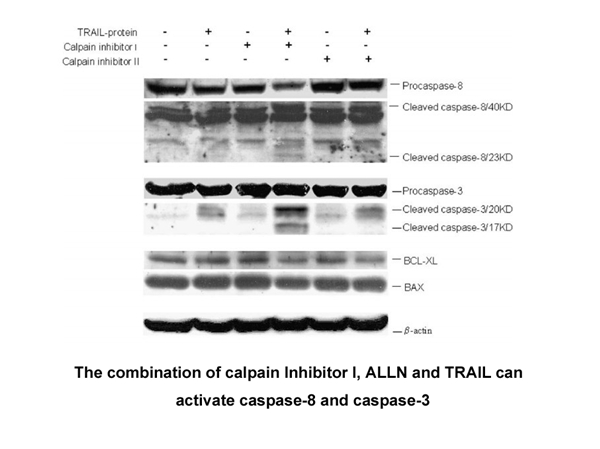
In Apicomplexan parasites such as Toxoplasma gondii isoprenoids are biosynthesized through the DOXP/MEP pathway as illustrated in Scheme 2. In addition, T. gondii possesses a bifunctional FPPS/GGPPS (TgFPPS) that is able to catalyze the formation of both FPP and GGPP.5, 6 The FPPS gene appears to be
-
HCC metastasis is a multistep multifactorial process includi
2021-11-02
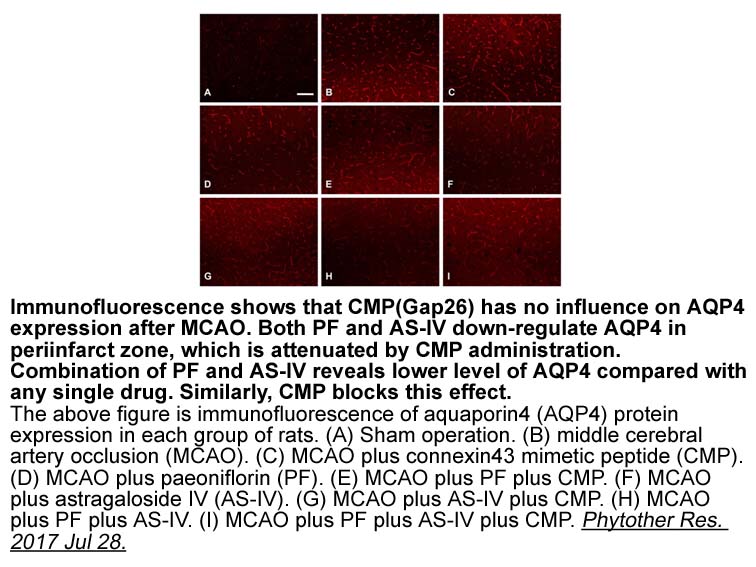
HCC metastasis is a multistep, multifactorial process, including adhesion of tumor CH 223191 to the extracellular matrix (ECM), remodeling and degradation of ECM, invasion through local tissue, intravasation into blood or lymph vessels, and forming new tumors at distant sites [6,7]. Loss of adhesio
-
Over of all melanomas have activating BRAF mutations and inh
2021-11-02

Over 50% of all melanomas have activating BRAF mutations [29] and inhibition of the Ras/Raf/MEK/ERK signaling pathways is one of the most promising treatments for malignant melanoma [30]. However, studies using BRAF inhibitors have identified various feedback mechanisms to activate BRAF pathway in m
-
In the Medicines for Malaria Venture MMV distributed the
2021-11-02
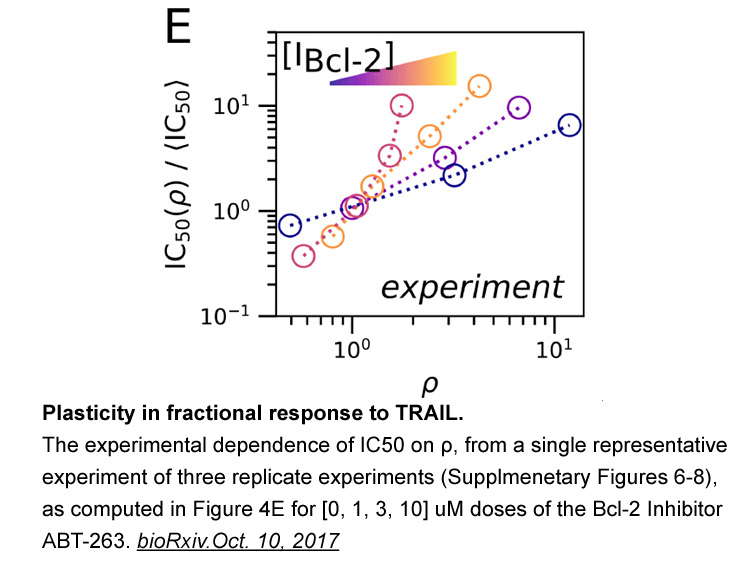
In 2011 the Medicines for Malaria Venture (MMV) distributed the Open-Access Malaria Box to accelerate antimalarial drug discovery (Spangenberg et al., 2013). The Malaria Box consists of 400 structurally diverse compounds, curated from >20,000 hits generated from large-scale screens, that inhibit the
15867 records 545/1058 page Previous Next First page 上5页 541542543544545 下5页 Last page